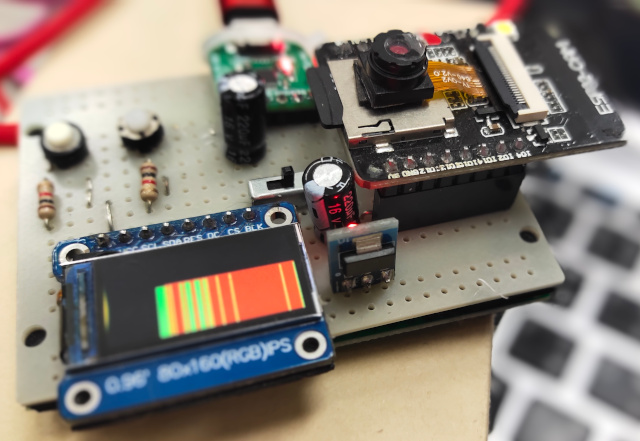[EN] Binary Search Tree data structure programming with Python.
In the previous article, programming to implement queue-based data structures was introduced. In this article, we introduce programming to manage another type of data structure which has different storage and management methods called BST tree or Binary Search Tree, as shown in Figure 1, which is a structure that can be applied to data collection with attributes in which the data in the left branch is less than itself and the right branch is greater than itself or the opposite, i.e. the left branch has a greater value and the right branch is less. It enables searching for data in cases where the tree is balanced on the left and right in the BST structure, saving half the time or number of search times per round of available data, e.g. 100 data sets in the first round if it is not the information you are looking for will be left with a choice to find from the left or right branches which the selection causes the information of the other side is not considered or cut off approximately half. However, if the Binary Search Tree is out of balance, the search speed is not much different from the sequential search.
In this article, we use Python that works on either a Python 3 or MicroPython interpreter to store the data, adding information ,searching for information as an example of further development.




